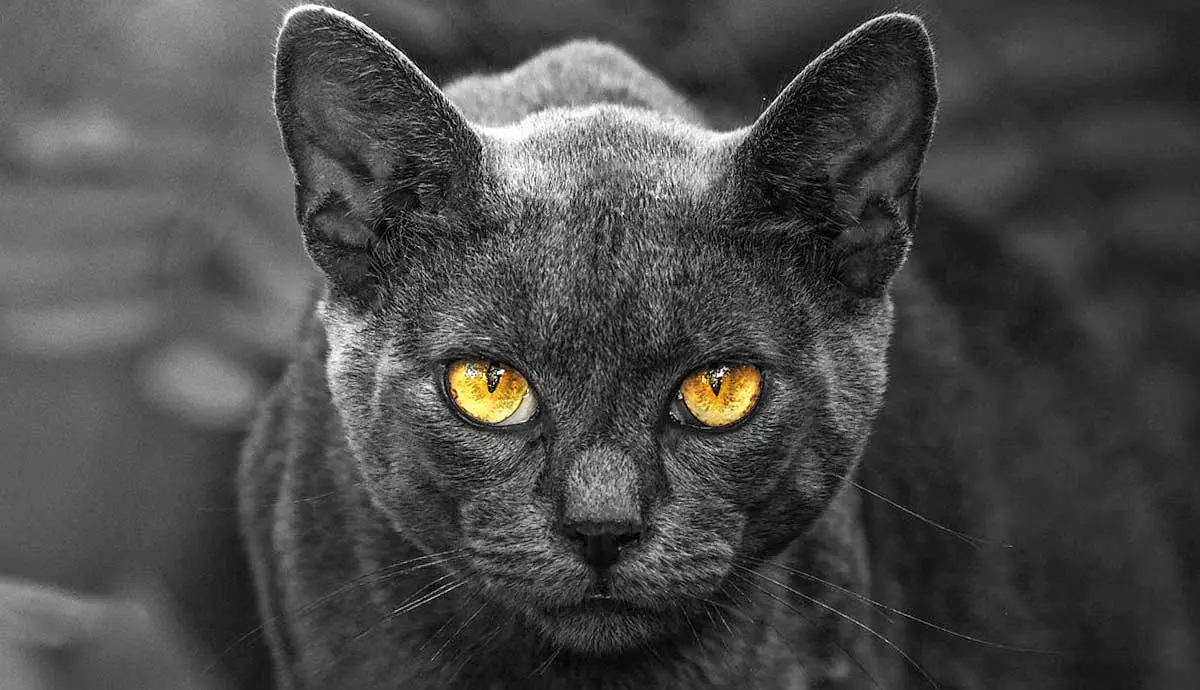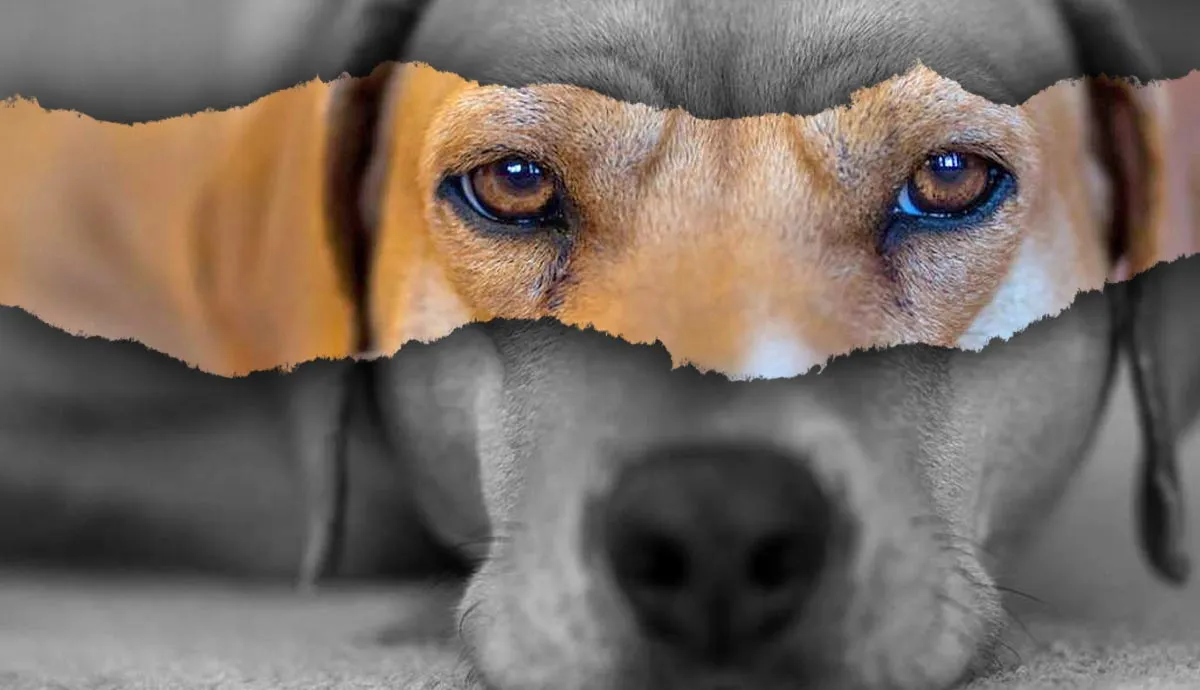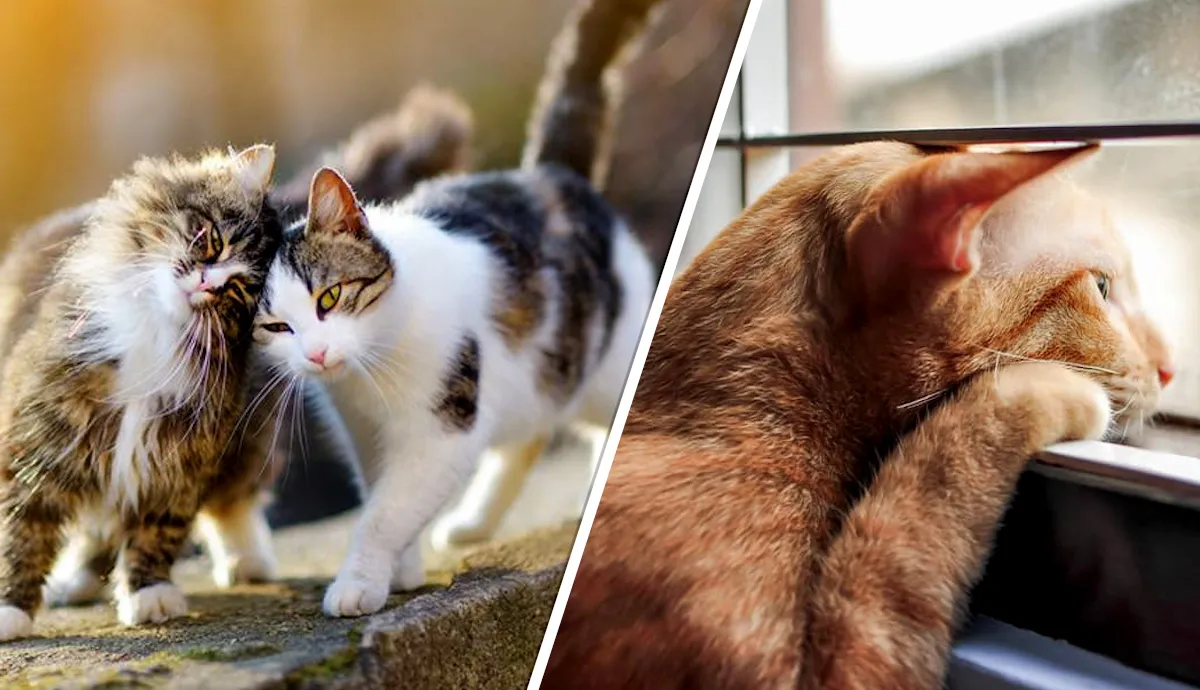You may look at your cat playing with a toy or following a laser pointer and wonder if she can see the toy as you do. For years, many believed that cats and dogs were colorblind, but studies have shown that they see color just differently from humans.
Cats have fewer cones in their eyes than humans, so they do not see the same range of tones and shades that we see, but their world is not black and white.
Cats Can See Some Colors

To see color, an animal must possess cones. Cones are one type of photoreceptor cell located in the retina. The cone cell functions best in bright lights and is responsible for giving the eyes color sensitivity. Scientists determine the colors an animal can see and how strong or weak those colors are by counting the number of cones and determining their location.
Cats are dichromats, which means their eyes contain two different types of cone cells that detect a unique color. However, some studies have suggested that cats may see a third color, but more research is needed to verify this. The exact colors that cats see are still debated. Some researchers think cats can see blues and yellows. Some suggest that cats may be able to see greens, as well.
One study suggested that cats are dichromats that see color similarly to a colorblind human. Cats may even see into the ultraviolet range, which humans cannot. Since we have 10 times as many cones, we can see more nuances in color, especially reds, that our feline friends cannot distinguish.
Can Cats See at Night?
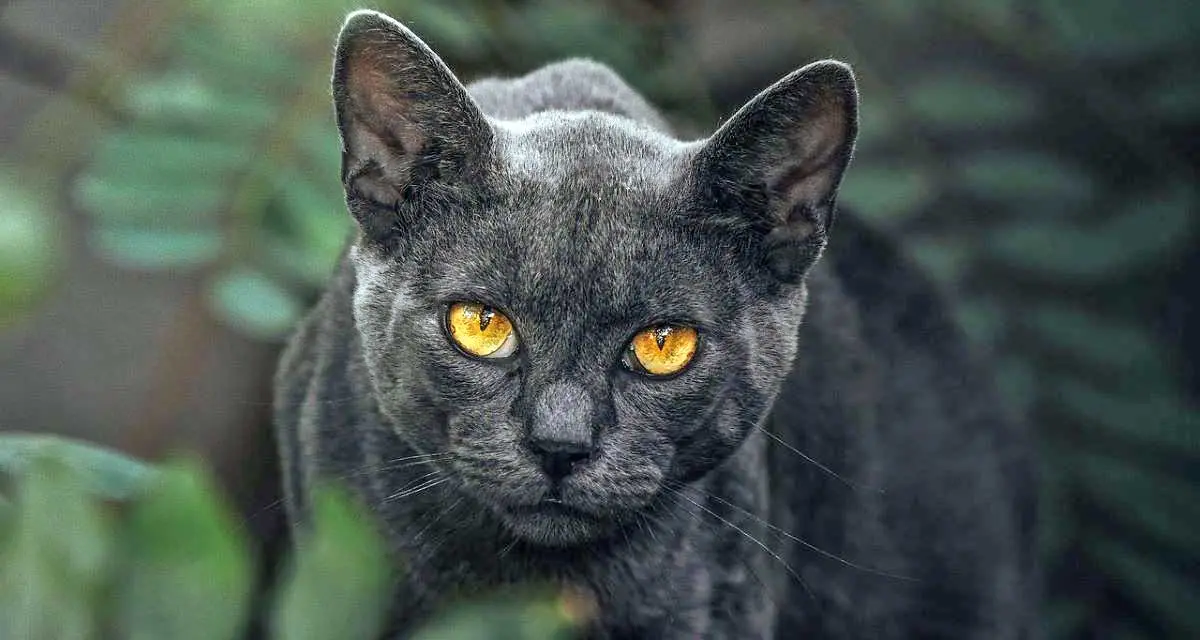
Cats have other eye adaptations that are better for their hunting habits and lifestyle than a full range of colors. They have elliptical pupils, which means the pupils (or blacks of the eyes) are elongated. This adaptation allows cats to take in more light.
Cats also have reflective cells under the retina called the tapetum lucidum. This layer of tissue reflects light back through the retina to increase light availability for photoreceptors. Felines are much more adept in dim lighting.
How Does a Cat’s Vision Help It Hunt?
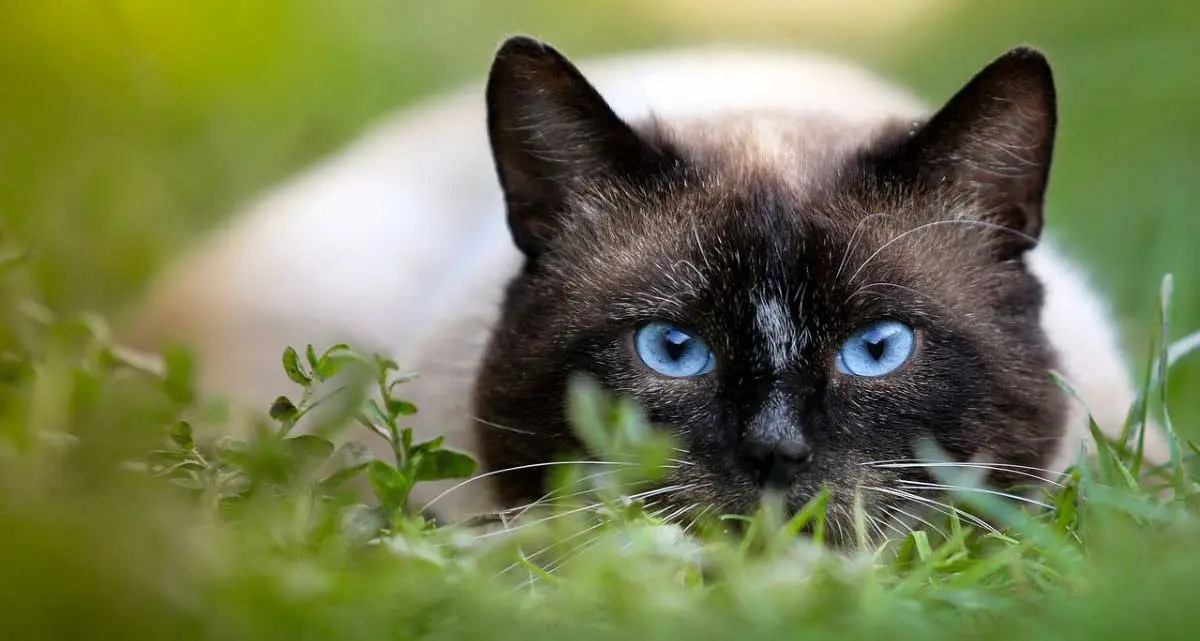
Nictitating membranes, or third eyelids, allow cats to keep their eyes on their prey longer. They don’t have to worry about their eyes drying out while focusing on food. Their eyes are also better at tracking moving objects than focusing on still ones. This helps them locate prey easily, even if the creature blends in with its surroundings.
Cats’ eyes are also offset slightly on the sides of their heads. They are better able to see movement from the corners of their eyes than many other animals. Cats can also determine the distance between themselves and their prey, allowing them to strategize while hunting.
Can Cats See Far Away?
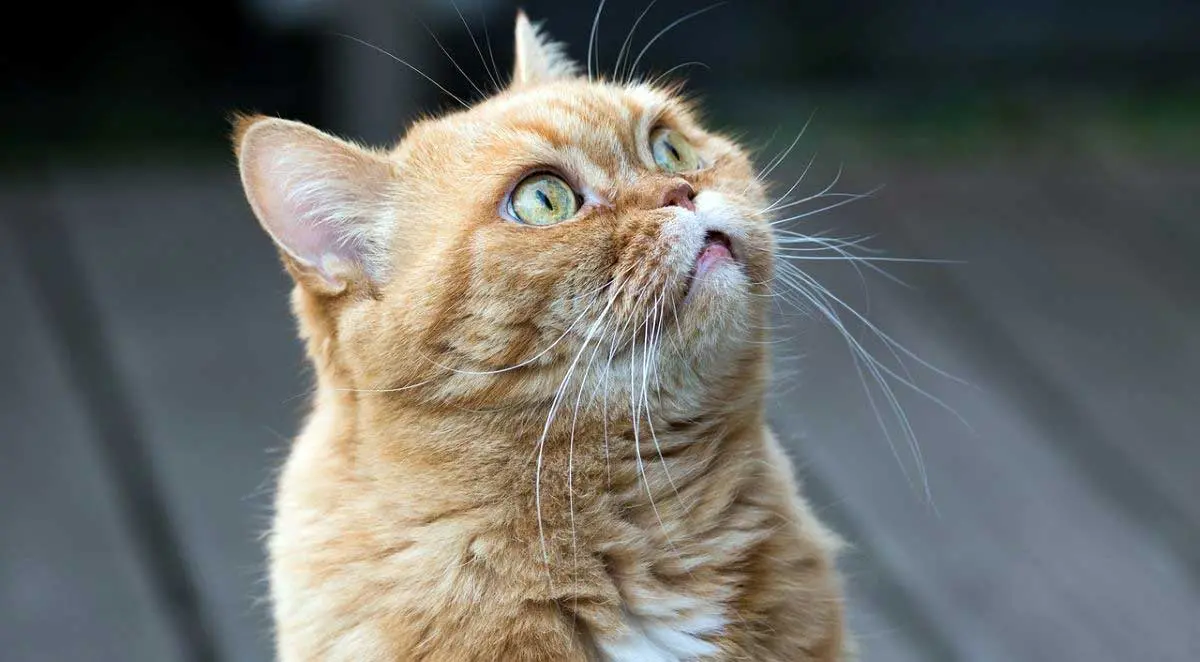
Cats do not have the muscles to adjust their eye lenses as humans do. They have to move the position of the eye to view objects differently. When a cat needs to see something far away, their lens moves towards the retina. For closer objects, their lens moves forward.
Genes and environments affect a cat’s ability to see objects. Outdoor cats are usually farsighted while indoor cats are typically nearsighted. Even nearsighted indoor cats cannot see things that are less than a foot in front of them.
Closer objects appear blurry to feline, so cats must use their whiskers to feel their immediate surroundings. They may not be able to see as many details as humans, either.
Is a Cat’s Eyesight Better Than Its Hearing?
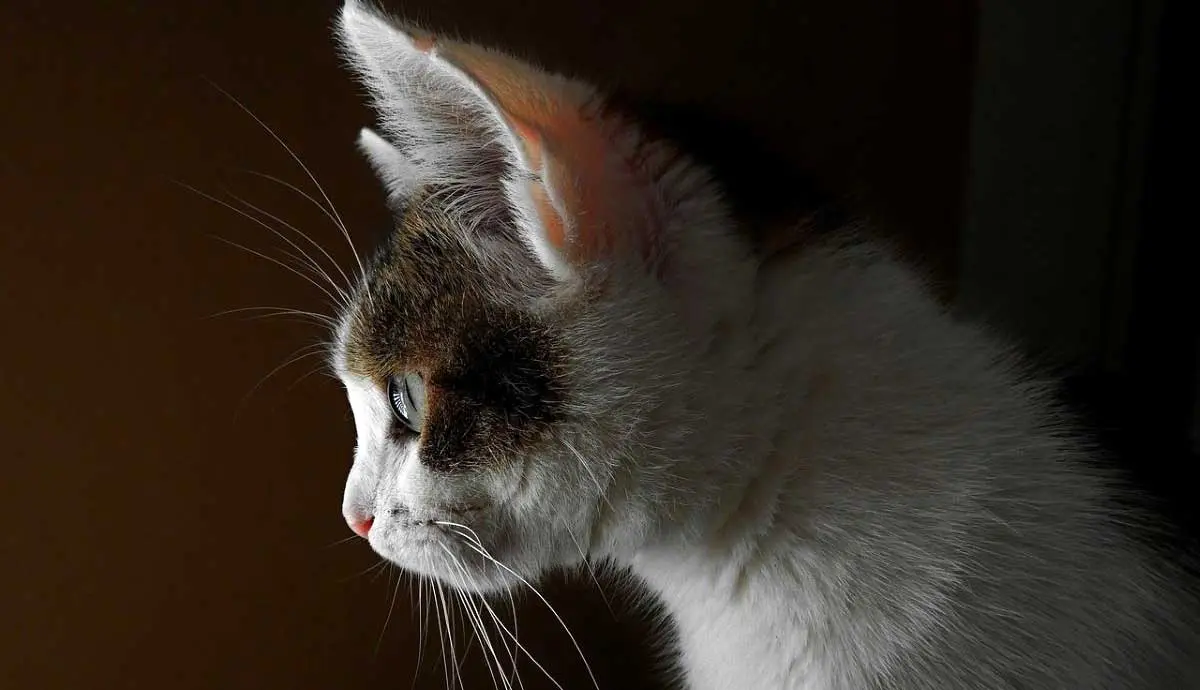
Cats don’t have great close-range vision. Yet, they are well adapted for seeing in the dark. Their eyes have amazing abilities, but these wonders pale in comparison to a cat’s hearing ability.
According to a study on domestic cats, cats can hear a range from 48 Hz to 85 kHz. This classifies a cat’s hearing range as the broadest in mammals. They can hear both high and low frequencies. They can hear 1.6 octaves above the upper range of human hearing. They can even hear one octave above dogs’ hearing.
Cats are also able to hear sounds at greater distances than humans. They also can distinguish between small variances in tone. These hearing skills help them to locate their prey with extreme accuracy. They have impressive hearing abilities that outshine their vision.
Do Dogs or Cats Have Better Vision?

Cats and dogs both have a wider field of vision than humans. Humans can see a field of 180 degrees. Cats see around 200 degrees and dogs see around 240 degrees.
However, dogs see further away than cats do. Dogs can see strong hand signals from about a mile away, while cats have trouble distinguishing objects that are further than 20 feet away.
Both cats and dogs have difficulty seeing objects closer than a foot. Dogs and cats both have a tapetum lucidum, but a cat reflects more light, and their pupils are more sensitive to light than a dog's pupils are.
So, dogs can see at a higher field of range and further away, but they cannot see as well at night as cats.
Cats See Differently Than Humans and Dogs
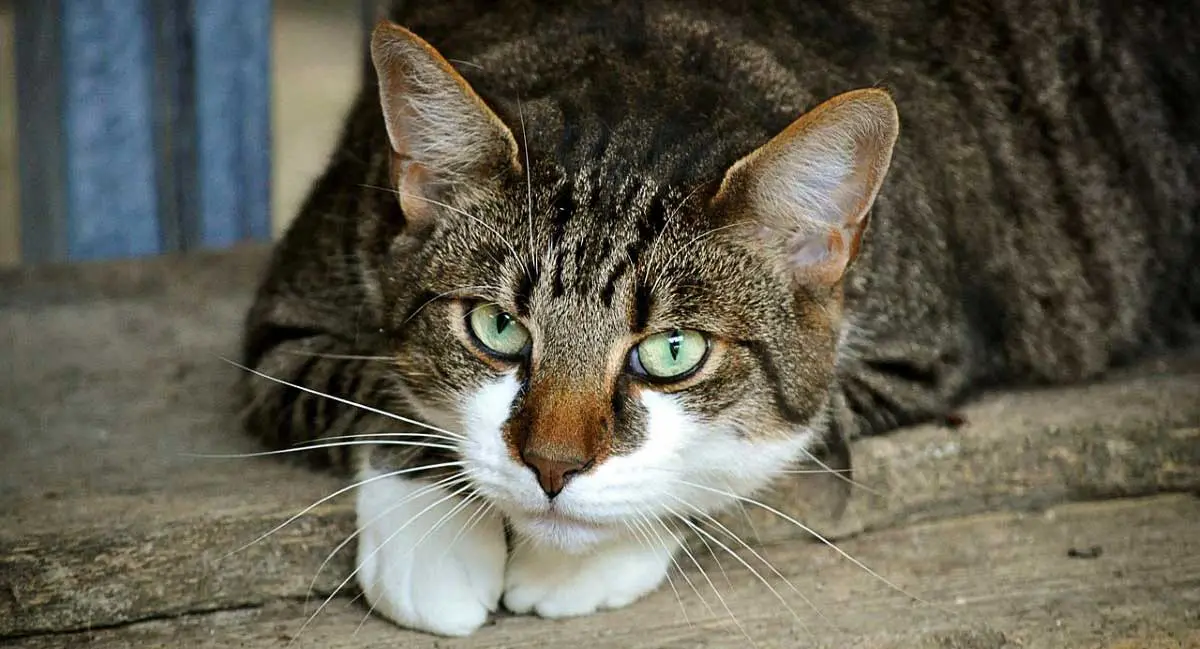
Cats can see color, but their depth of color is different from a human’s. Many researchers believe cats see similarly to someone who is colorblind. People will need to conduct more studies on a cat’s ability to perceive colors to know for sure what a cat sees.
However, cats’ eyes are excellent at tracking moving objects and seeing in the dark. They may not be able to see clearly up close or see objects far away, but they have several other adaptations such as excellent hearing and sense of smell to make up for their vision deficiencies.
